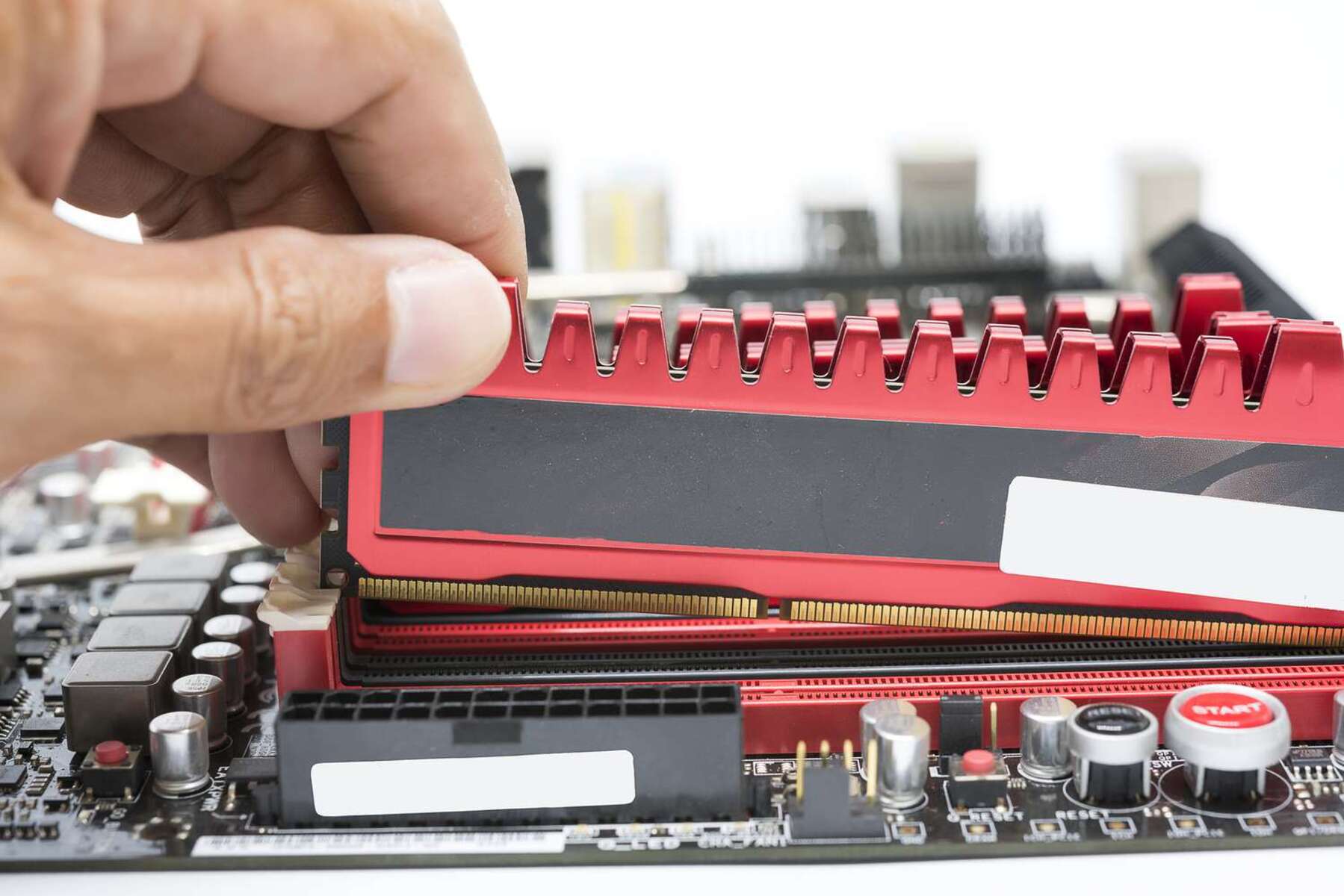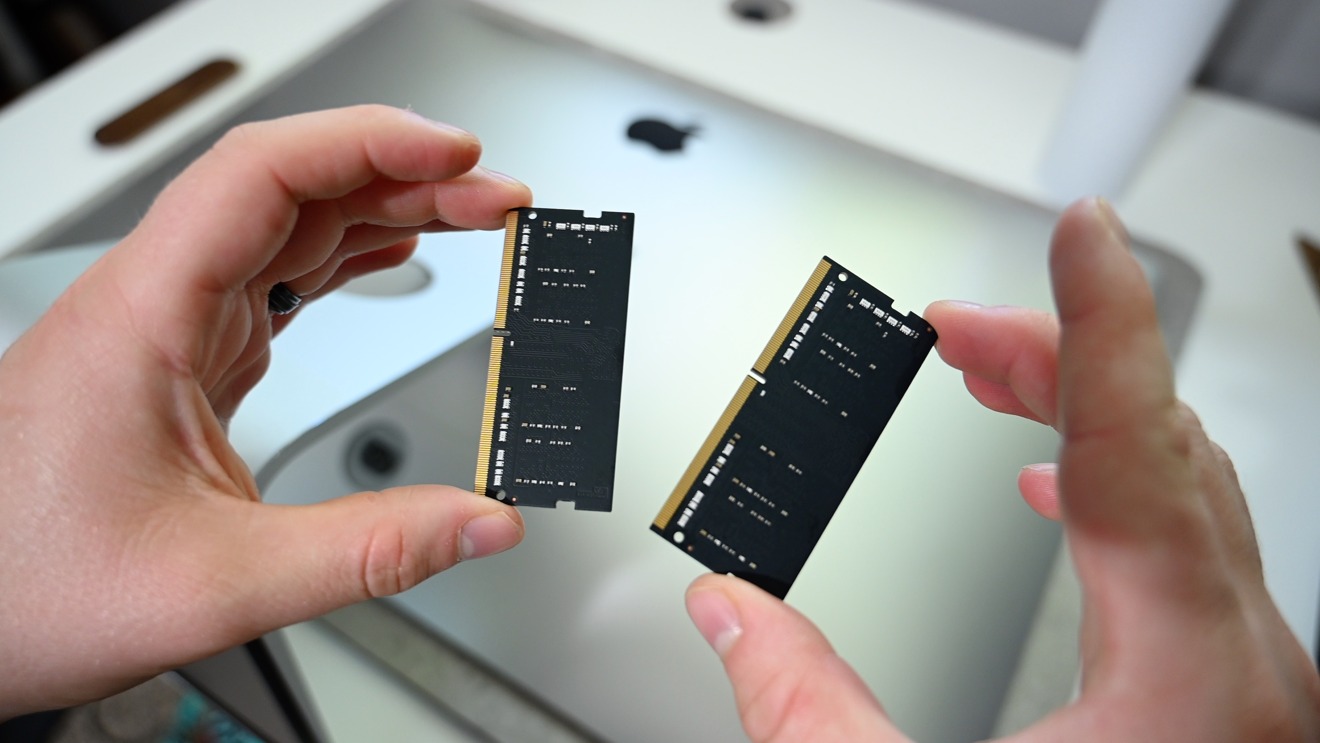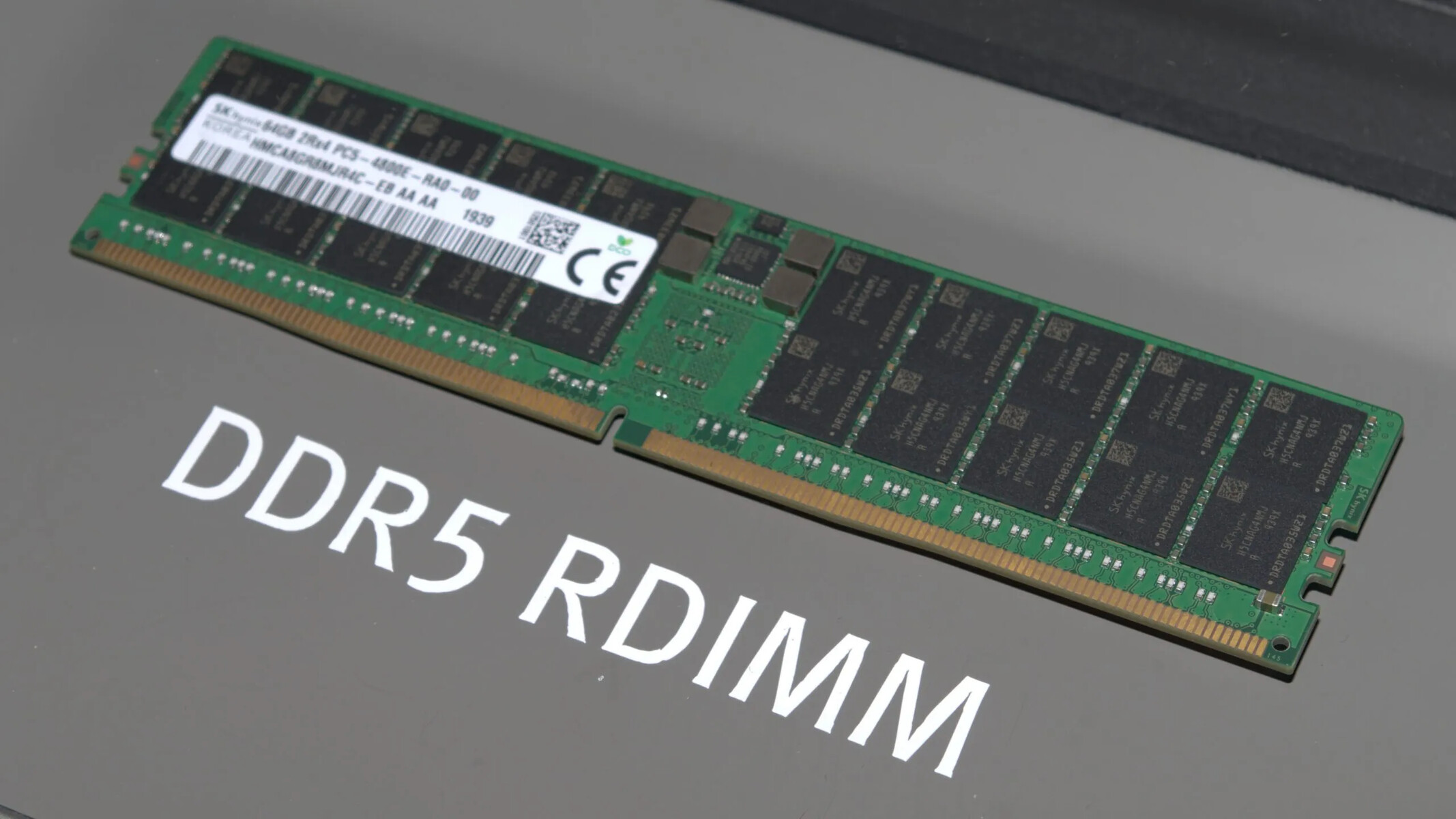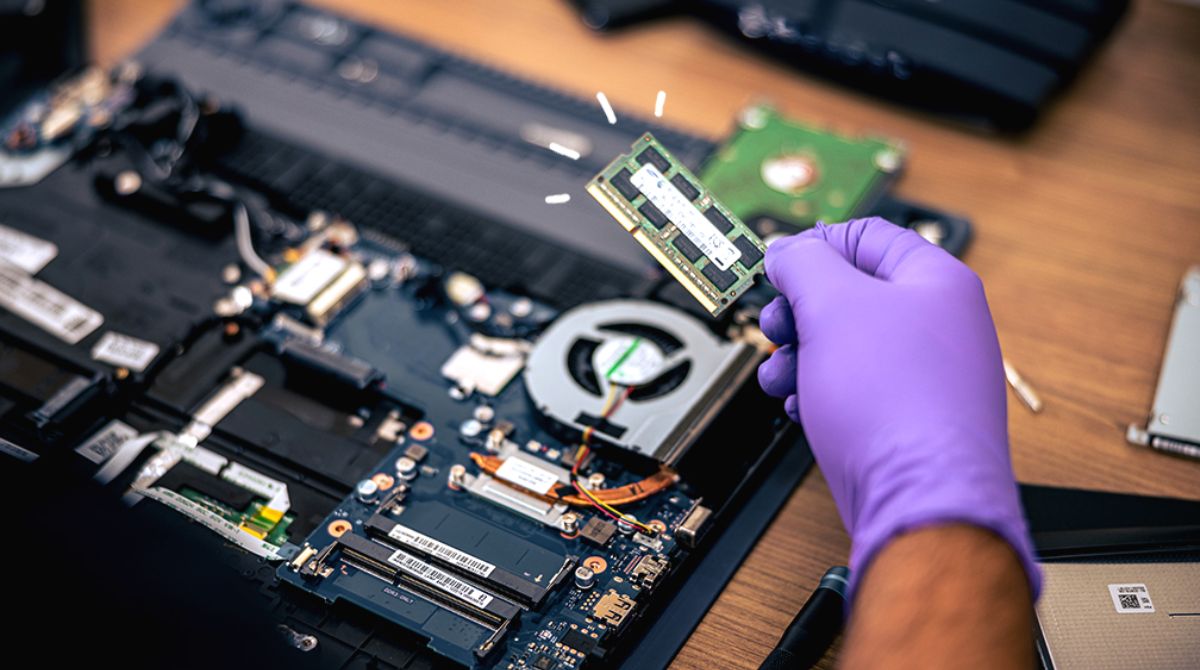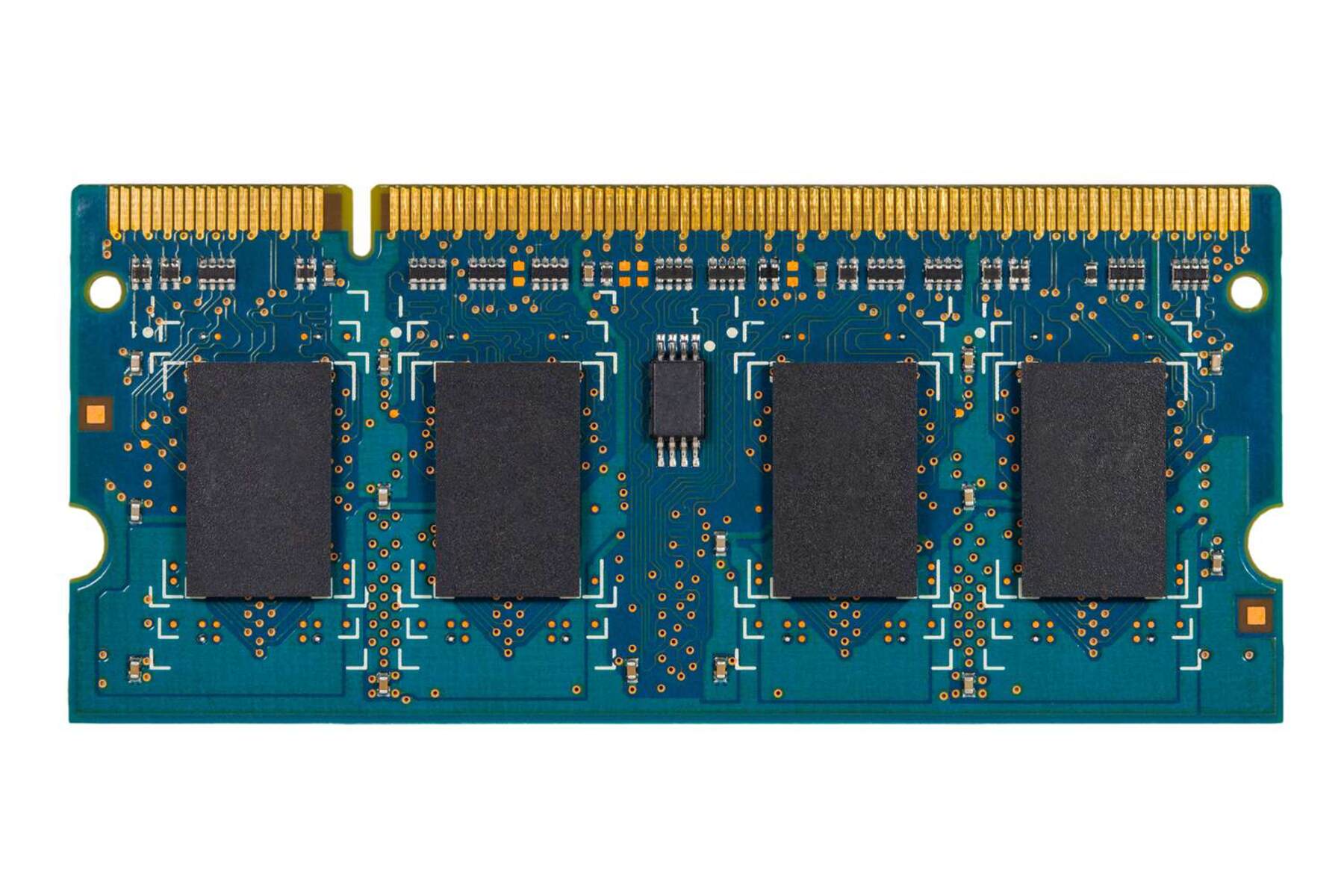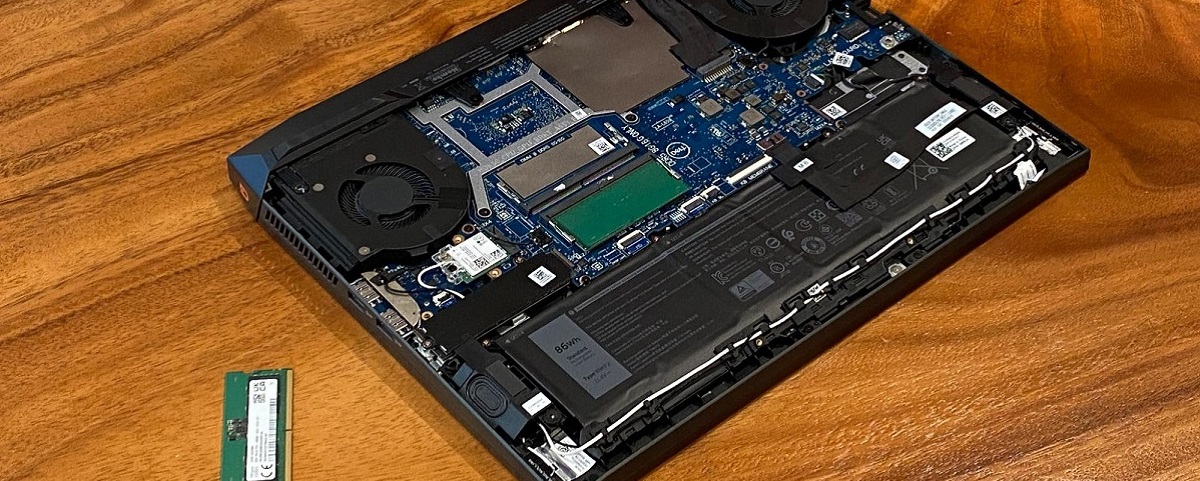Introduction
Wondering which DDR (Double Data Rate) version your RAM is? Determining the DDR version of your RAM can help you understand its capabilities and compatibility with your system. Whether you are looking to upgrade your RAM or simply want to gather information about your computer’s hardware, knowing the DDR type is essential.
However, finding out the DDR version of your RAM may seem like a daunting task, especially if you aren’t familiar with technical specifications. But fear not! In this article, we will explore various methods that will allow you to determine the DDR version of your RAM easily and efficiently.
We will cover multiple methods that work for different operating systems, including Windows and Mac. You can choose the method that suits your needs and preference, as each approach provides accurate information about your RAM’s DDR version.
From checking system information to scrutinizing the RAM sticks and using specialized software, we will cover a range of methods to ensure you have all the resources you need to uncover your RAM’s DDR version. So, let’s dive in and discover the different ways to find out what DDR your RAM is!
Method 1: Checking the System Information
One of the easiest ways to determine the DDR version of your RAM is by checking the system information on your computer. This method works for both Windows and Mac operating systems and provides a quick overview of the hardware specifications.
For Windows:
- Press the Windows key + R to open the Run dialog box.
- Type “msinfo32” and press Enter to launch the System Information window.
- In the System Information window, scroll down to the “Components” section and click on the “Memory” option.
In the right pane, you will find detailed information about your RAM, including the DDR version. Look for the “Type” field, which specifies the DDR version (e.g., DDR3, DDR4).
For Mac:
- Click on the Apple menu in the top-left corner of the screen and select “About This Mac“.
- In the About This Mac window, click on the “System Report” button.
- In the System Information window, expand the “Hardware” section by clicking on the triangle next to it.
- Click on “Memory” to view the details of your RAM.
In the Memory section, you will find information about your RAM’s DDR version under the “Type” field.
Checking the system information is a straightforward method that provides accurate details about your RAM’s DDR version. It eliminates the need for third-party software and can be performed using built-in features of your operating system.
Method 2: Checking the BIOS Setup
If you prefer a more technical approach, you can determine the DDR version of your RAM by accessing the BIOS (Basic Input/Output System) setup. The BIOS stores crucial information about your computer’s hardware, including the RAM type.
For Windows:
- Restart your computer and continuously press the Delete or F2 key (depending on your motherboard manufacturer) to enter the BIOS setup.
- In the BIOS setup, navigate using the arrow keys and look for a category related to memory or RAM.
- Select the memory or RAM category, and you should be able to see the DDR version listed.
For Mac:
- Restart your Mac and press and hold the Option key.
- In the boot menu, select “Recovery HD“.
- When the Utilities window appears, click on “Utilities” in the menu bar and select “Terminal“.
- In the Terminal window, type “system_profiler SPHardwareDataType | grep Memory” and press Enter.
The Terminal will display detailed information about your RAM, including the DDR version.
By accessing the BIOS setup or using the Terminal on Mac, you can directly view the DDR version of your RAM without the need for any additional software. However, be cautious when making changes in the BIOS setup, as any incorrect modifications can affect your computer’s performance or stability.
Method 3: Using System Monitoring Software
If you prefer a more automated and user-friendly approach, using system monitoring software can be a convenient method to determine the DDR version of your RAM. These software tools provide comprehensive hardware information, including details about your RAM.
There are several popular system monitoring software options available for both Windows and Mac. One such tool is CPU-Z, a widely used program that provides in-depth information about your computer’s hardware.
For Windows:
- Download and install the CPU-Z software on your computer.
- Launch CPU-Z and navigate to the “Memory” tab.
- Under the “General” section, you will find the DDR version of your RAM.
For Mac:
- Download and install the iStat Menus software or a similar system monitoring tool from the Mac App Store.
- Launch iStat Menus and click on the RAM icon in the menu bar.
- A drop-down menu will appear, displaying detailed information about your RAM, including the DDR version.
System monitoring software offers a user-friendly interface and provides detailed information about your RAM’s DDR version without the need for manual steps or technical knowledge. It is a convenient way to quickly obtain accurate information about your computer’s hardware.
Method 4: Examining the RAM Sticks
If you prefer a hands-on approach, examining the physical RAM sticks can also help you determine the DDR version. This method requires opening your computer’s case and inspecting the labels or markings on the RAM sticks.
- Power off your computer and unplug it from the power source.
- Open your computer’s case following the manufacturer’s guidelines.
- Locate the RAM sticks, which are typically long and narrow circuit boards inserted into memory slots on the motherboard.
- Gently remove the RAM stick(s) by pressing on the clips or levers on either side of the slot.
- Inspect the label or markings on the RAM stick. Look for information such as the manufacturer, model number, and DDR version.
The DDR version is usually indicated on the label or printed directly on the RAM stick itself. It may be displayed as DDR, DDR2, DDR3, DDR4, or any other relevant version.
Once you have checked the DDR version, insert the RAM sticks back into the slots, ensuring they are securely seated and properly aligned. Finally, close your computer’s case and reconnect any cables you may have disconnected.
Examining the RAM sticks provides a direct and reliable method to determine the DDR version without the need for software or accessing system information. However, it requires physical access to your computer and may not be suitable for users who are less comfortable with opening computer cases.
Method 5: Using Command Prompt (Windows)
If you’re comfortable using the command line interface, you can determine the DDR version of your RAM by using the Command Prompt on Windows. This method provides a quick and straightforward way to gather hardware information, including details about your RAM.
- Press the Windows key to open the Start menu.
- Type “cmd” into the search bar.
- Click on the “Command Prompt” app to open it.
- In the Command Prompt window, type “wmic memorychip get MemoryType” and press Enter.
The Command Prompt will display the DDR version of your RAM under the “MemoryType” column. It will be represented by a numeric value, such as “21” for DDR, “24” for DDR2, “25” for DDR3, or “26” for DDR4.
This method allows you to quickly retrieve the DDR version of your RAM without the need for any additional software. The Command Prompt provides a command-line interface, making it ideal for users who prefer a text-based approach to gather system information.
Method 6: Using Terminal (Mac)
If you’re using a Mac and prefer using the command line interface, you can determine the DDR version of your RAM by using the Terminal. This method provides a quick and efficient way to gather hardware information, including details about your RAM.
- Open Spotlight by pressing Command + Spacebar.
- Type “Terminal” into the search bar.
- Click on the “Terminal” app to open it.
- In the Terminal window, type “system_profiler SPHardwareDataType | grep Memory” and press Enter.
The Terminal will display detailed information about your RAM, including the DDR version. Look for the line that contains the term “Type” followed by the DDR version, such as “Type: DDR3”.
This method allows you to quickly retrieve the DDR version of your RAM without the need for any additional software. The Terminal provides a command-line interface on macOS systems, making it ideal for users who prefer a text-based approach to gather system information.
Method 7: Using Task Manager (Windows)
For Windows users, another convenient way to determine the DDR version of your RAM is by using the built-in Task Manager. Task Manager provides real-time information about your computer’s performance, including details about your RAM.
- Right-click on the Taskbar and select “Task Manager“.
- In the Task Manager window, click on the “Performance” tab.
- Click on “Memory” in the left panel to view the memory usage details.
- Beside “Slots used“, you will find the DDR version listed.
The DDR version will be displayed as a numeric value, such as “DDR3” or “DDR4”.
Using Task Manager is a quick and straightforward method to check the DDR version of your RAM without the need for any third-party software. It provides real-time information and can be accessed easily through the Taskbar, making it a user-friendly option for Windows users.
Method 8: Using Activity Monitor (Mac)
Mac users can conveniently determine the DDR version of their RAM by using the built-in Activity Monitor. Activity Monitor provides real-time monitoring of processes and system resources, including detailed information about your RAM.
- Open Finder from the dock or by pressing Command + Spacebar and typing “Finder”.
- In the Finder menu, navigate to “Applications” and open the “Utilities” folder.
- Double-click on “Activity Monitor” to launch it.
- In the Activity Monitor window, click on the “Memory” tab.
- Under the Memory tab, you will find information about your RAM, including its DDR version.
The DDR version will be displayed as a numeric value followed by DDR, such as “DDR3” or “DDR4”.
The Activity Monitor offers a user-friendly interface and allows you to easily access information about your RAM’s DDR version without the need for additional software. It provides real-time data on system resources and is a reliable tool for Mac users.
Method 9: Using CPU-Z (Windows)
If you prefer using specialized software to determine the DDR version of your RAM on Windows, CPU-Z is a reliable and widely used tool that provides detailed information about your computer’s hardware, including your RAM.
- Download and install CPU-Z on your Windows computer.
- Launch CPU-Z. You will see various tabs displaying information about different hardware components.
- Click on the “Memory” tab to view detailed information about your RAM.
- Under the “General” section, you will find the DDR version listed.
CPU-Z provides comprehensive details about your RAM, including the DDR version, number of modules, size, timings, and more. This information can be valuable when upgrading or troubleshooting your system.
Using CPU-Z allows you to get accurate and detailed information about your RAM’s DDR version. The software’s user-friendly interface and dedicated hardware information make it an excellent choice for Windows users seeking in-depth details about their computer’s hardware components.
Conclusion
Determining the DDR version of your RAM is essential for understanding its capabilities and compatibility with your system. Whether you are planning to upgrade your RAM or simply curious about your computer’s hardware, there are various methods available to help you identify the DDR version with ease.
In this article, we have explored nine different methods to determine the DDR version of your RAM, catering to both Windows and Mac users. From checking the system information and examining the physical RAM sticks to utilizing system monitoring software and command-line interfaces, each method offers its advantages and simplicity.
Checking the system information, accessing the BIOS setup, and using specialized software like CPU-Z and iStat Menus provide easy-to-use solutions for users who prefer a graphical interface. On the other hand, examining the RAM sticks and utilizing command-line tools like Command Prompt and Terminal offer more technical approaches for users comfortable with hands-on or text-based methods.
By using these methods, you can quickly gather accurate information about your RAM’s DDR version, enabling you to make informed decisions regarding upgrades or system requirements.
Remember to consider the limitations and compatibility of different DDR versions with your motherboard and other hardware components when making any RAM-related decisions.
So, whether you choose to check system information, access the BIOS setup, use system monitoring software, examine the RAM sticks, or utilize command-line tools, you now have a range of options to discover the DDR version of your RAM and gain insights into your computer’s hardware.







